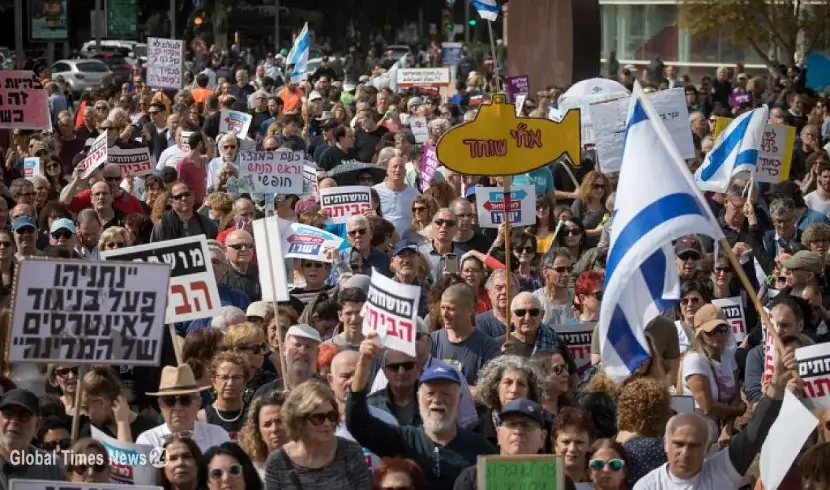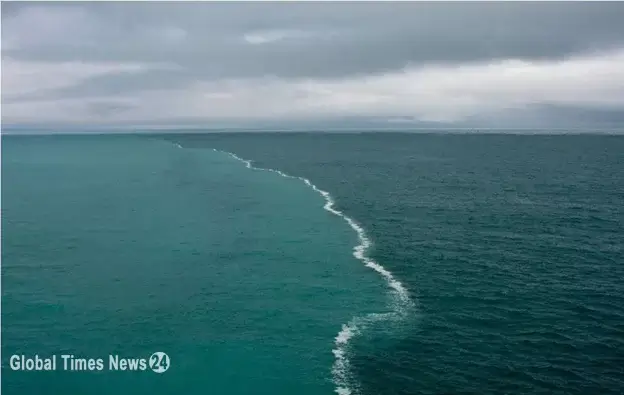Why Starbucks Failed in Australia
Table of Contents (Show / Hide)

Starbucks has coffee shops all over the world. There are more than 28,000 locations and 76 markets. From Shanghai to Guantanamo Bay. And in China, a new Starbucks location opens up every 15 hours. But there is one continent that seems uninterested in the hype over the Seattle based coffee chain. And that continent is Australia. It's proven to be one of the toughest markets in the world to break into. So tough in fact, that Starbucks closed more than two-thirds of its stores on the continent back in 2008. So, what went so wrong with Starbucks and Australia.
To answer that let's go back to July of 2000. When Starbucks opened its first Australian shop in Sydney. From there it expanded fast. By 2008 Starbucks had 87 stores across the continent. Maybe one of the problems with Starbucks and its true for a lot of businesses that have been successful in one country is that they thought that their business model could just roll out to a different environment and there was no need for them to adjust. But that was the problem They tried to grow the Empire too fast. Starbucks rapidly opened up multiple locations instead of slowly integrating them into the Australian market.
When they launched, they launched too rapidly and didn't give the Australian consumer an opportunity to really develop an appetite for the Starbucks brand. They also moved into regional areas into outer suburbs of major cities. And so, for the Australian consumer it was almost like it was too available for them. And so there wasn't this point of difference, this wants, this needs for Starbucks. And it wasn't an organic growth which is what we very much saw in the US. In its first 7 years in Australia, Starbucks accumulated $105 million in losses. By 2007, Starbucks Australia was hanging on by a thread taking big loans from the US, totaling up to $54 million. And in 2008, Starbucks announced it was shutting down 61 stores.
But of course, 2008 was a difficult time for businesses due to the financial crisis. Along with Australia closures, Starbucks also closed 600 underperforming American stores. But even still such a retreat in Australia was embarrassing for the brand. When you're shutting down 75 stores For the Australian consumer when they, when they did leave the market or at least a large number of bestowals were shut down they didn't really care. It's partly because Australians are spoiled for choice when it comes to coffee. Australia's coffee market is one of the biggest in the world the industry is expected to hit more than $6 billion in total revenue in 2018. They've been immersed in nuances of cafe culture since the mid-1900s when Italian and Greek immigrants began traveling to the country.
The immigrants introduced Australians to espresso. By the 1980s, Australians were fully engulfed in cafe culture. They've also grown accustomed to specialty menu items like a flat white or an Australian macchiato. So, cafes in Australia were born out of like the Italian culture of, you know, meeting of friends and knowing your local barista and it being kind of like a local meeting place where everyone knew each other and that coffee was just a part of that and then Starbucks came in with what is more of an American style like coffee culture which is essentially just like coffee is a product, coffee is a commodity. Coffee is like, like perk me up in the morning it's caffeination.
Starbucks had a basic menu and offered more sugary drinks which most Australians didn't like. In Australia where, you know, local tastes are different. So, we don't really want a coffee that's, you know, hundreds of ounces with lots of sugar in it. We want something a little more sophisticated. Plus, Starbucks charge more than local cafes. So, Australians instead opted to pay less for coffee they liked from a local barista they trusted. And so, when you come in with this big like hey, we're going to open all these cafes. And they're all going to be to go focus. It just was the complete wrong market for what, what the Australian was used to.
But there is one American coffee company that's thriving in Australia. Founded in Chicago and now based in Australia. Gloria Jean's got the traction in Australia that Starbucks couldn't. Gloria Jean's has more than 400 Australian locations. And serves more than 35 million consumers in Australia each year. So, what is Gloria Jean's doing in Australia that Starbucks isn't. Well, the company attributed to success to two Australians who franchised the business in their home country. Shops started to show up in Australia in 1996. Fast forward to today, the company has a presence in every Australian state. The reason? Its menu. The chain offers a wide variety of espresso drinks and specialty coffee.
Failing to adapt its menu to Australians coffee culture proved to be a mistake for Starbucks. And the company faces another challenge later this year. Italy. Starbucks is opening its first store in Milan in late 2018 home of the espresso. Italy is rich in cafe culture. But according to Starbucks it's not going to make the same mistakes that it did in Australia. The company said that it would develop in Italy with humility and respect for its coffee culture. It announced it would be opening a roastery which is not your average café. It gives customers a chance to see coffee beans roasted and processed before their eyes. So, there's a chance that it won't struggle like it did in Australia. But Starbucks isn't admitting defeat in Australia either. Starbucks is staging a comeback on the continent.
In 2014, Starbucks locations in Australia were purchased by the Mount Waverley base withers group. Starbucks told CNBC that since its sale to the withers group the company learned a lot. So, this time it's taking a different approach to putting Starbucks on the continent. So, if you just think about Australia as a big tourist destination. There's a lot of U.S. and Chinese tourists. Starbucks has been very successful in China and it makes a lot of sense for them to build out because there are people looking for something that's familiar to them.
Now with 39 locations in Brisbane, Melbourne, the Gold Coast, and Sydney areas this time it's not looking to appeal to Australians but instead the coffee giant hopes to be a familiar face for tourists visiting popular vacation destinations in Australia. Free Australia has always been a high-volume tourist market, the same thing in terms of international students at our universities are potential opportunities for them and we're starting to see Starbucks enter into some large shopping malls here in Australia as well. Australia welcomed 9 million tourists from 2017 and 2018. And those international visitors spent more than $30 billion in 2017 alone. So, tourists could possibly be the key to keeping the company afloat and preventing another downfall.
URL :
News ID : 2370




 More data needed to prove inflation is falling, says Fed chair
More data needed to prove inflation is falling, says Fed chair
 Alibaba intends to invest $1.1 billion in South Korea: Yonhap
Alibaba intends to invest $1.1 billion in South Korea: Yonhap
 European markets close lower
European markets close lower
 US working with G7 to limit price of Russian oil: Treasury head
US working with G7 to limit price of Russian oil: Treasury head
 2 of the World's Largest Economies, One is Surging and the Other is Stumbling!
2 of the World's Largest Economies, One is Surging and the Other is Stumbling!
 10 Reasons to Start business in Dubai
10 Reasons to Start business in Dubai
 Major sports events of 2022
Major sports events of 2022
 Intensifying ethnic polarity in Israel reaches deadline of election campaign
Intensifying ethnic polarity in Israel reaches deadline of election campaign
 Nakba 75: Palestinian citizens of Israel are exiles in their own land
Nakba 75: Palestinian citizens of Israel are exiles in their own land
 Why don't the Pacific and Atlantic Oceans mix?
Why don't the Pacific and Atlantic Oceans mix?
